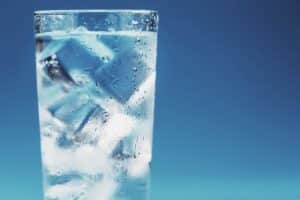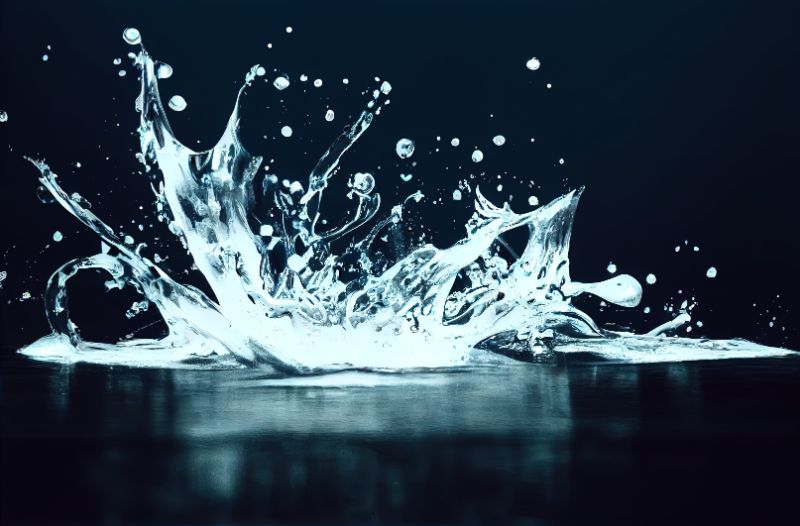How Do Waters Softeners Work?
A water softener removes hardness-causing minerals from your home’s water. It protects appliances like dishwashers, coffee makers, and ice machines.
(Looking for “top water filtration systems“? Contact us Today!)

Water softeners work by removing calcium and magnesium ions from your water through a process called ion exchange. They also remove other ions that contribute to hard water, such as iron and manganese.
The first step in the process is to feed hard water into a tall narrow tank filled with porous plastic polystyrene resin beads. As the water flows through, the negatively charged resin beads attract and trap the positively charged calcium and magnesium particles in the water.
These particles cling to the resin beads and soften the water that flows into your pipes, and out to your household appliances.
When the beads reach their maximum capacity, the resin needs to be regenerated (or flushed clean). A separate tank called a brine tank aids the regeneration cycle by adding a salt-water solution that drives away the calcium and magnesium from the resin.
Regeneration cycles usually take place at night, after you’ve gone to bed. During this time, the control valve calculates how much water has passed through the mineral tank and triggers regeneration.
During the regeneration cycle, the water softener draws out a high concentration of salt water (brine) from its brine tank and flushes it through the resin in the mineral tank. This restores the resin’s positive charge and prepares it for another softening cycle.
Brine is a very concentrated solution of salt that recharges the resin beads, which means that your water softener will be able to remove more hardness-causing minerals from your water over time. In addition, the strong salt-water (brine) solution helps to flush out and clean the resin bed.
This process also prevents scale buildup on pipes and water heaters, which eats away at the lifespan of these devices. Scale can clog pipes, decrease water pressure and make your hot water heater sound like it’s popping popcorn.
What’s more, salt used in water softeners does not affect the taste or texture of your water or harm you or your family. In fact, most water softeners add far less sodium than you’d find in a slice of white bread.
The amount of salt you’ll use in a water softener is calculated based on how much you’re using and what your water’s hardness level is. Your softener should be regenerating automatically, and regeneration cycles usually occur every 12,000 gallons of water.
Counter-current cycling is a water softener regeneration cycle that runs the brine up the tank instead of down. The counter-current cycle is more efficient because it distributes the recharging salt ions more evenly.
During the regeneration cycle, a counter-current water softener uses 75% less salt than a co-current one. This saves you money and reduces your environmental impact.
A water softener is a good way to improve your home’s water quality and extend the life of your appliances. It also makes your home look and feel better and saves you money on repairs.

